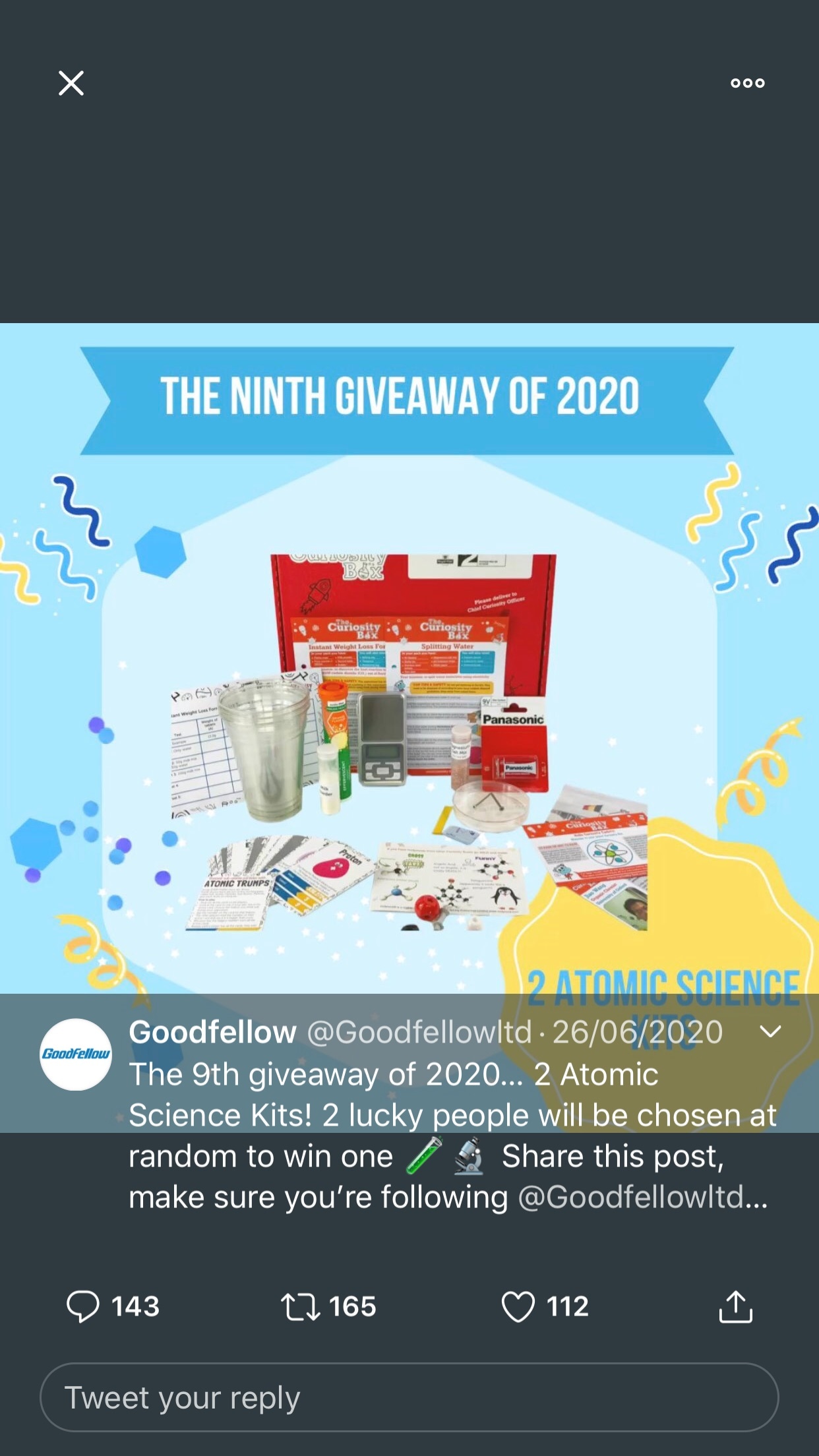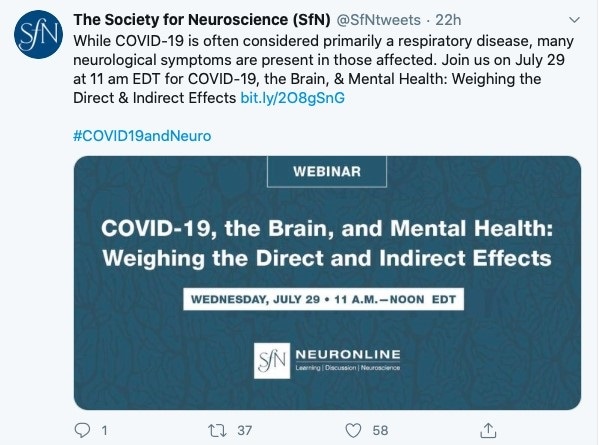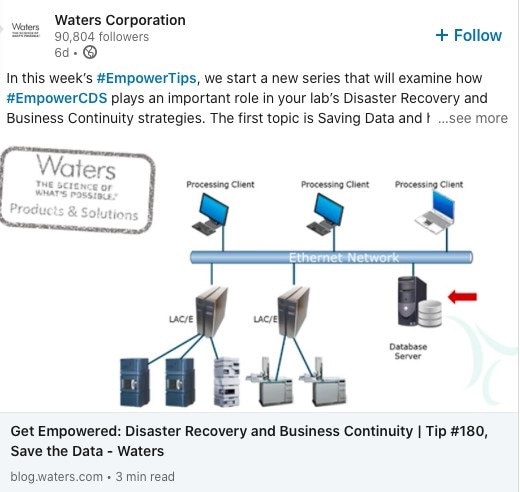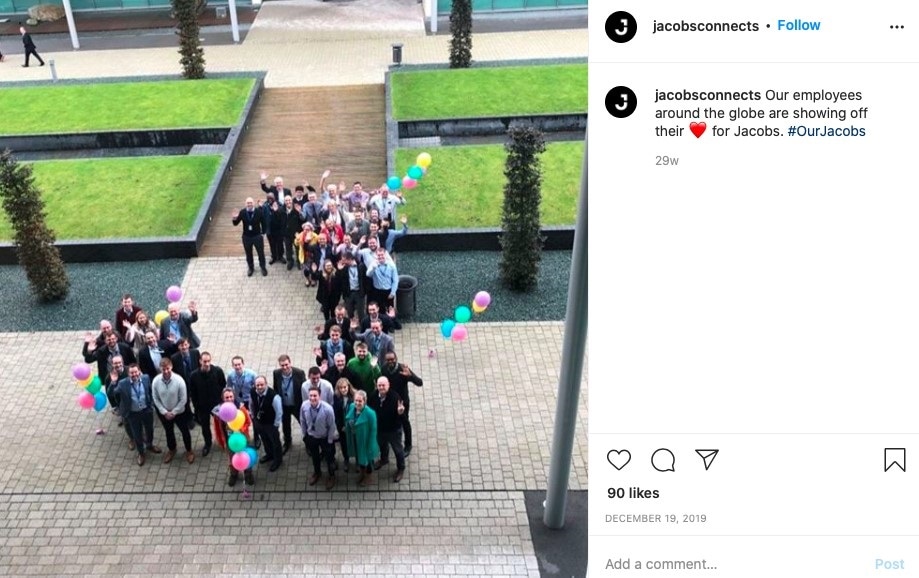
5 effective social media marketing campaigns from Science and Engineering
Increasing awareness of your organisation is one of the biggest challenges that marketers in science and engineering face.
Fierce competition, budgets, and resources often hold many organisations back when considering different channels for promoting their businesses.
A potentially great way of reaching new audiences and raising the awareness of your organisation is on social media.
Having well-managed and optimised social media pages is an important starting point. The next step is using specific social media campaigns, which can certainly help your organisation reach its objectives.
In our latest State of Scientific Marketing report, we highlight Social Media as an untapped opportunity to raise brand awareness. It is a solid option to add to any science and engineering marketing strategy.
What is a social media marketing campaign?
A social media campaign is a coordinated marketing effort across one or more of your social channels. It aims to increase the chances of the target audience taking a certain action that helps achieving a specific goal. For example, encouraging your audience to check a new blog post or register for a webinar.
What makes an effective social media campaign?
- Setting Goals – these could be to increase brand awareness, encourage social engagement, generate leads, drive sales, etc.
- Focus intensely on your audience and break them down into specific buyer personas
- Choose the type of content and channel that matches your buying personas
- Create amazing visual content that will capture your audience’s attention
- Engage with your audience and build a community around your campaign
5 examples within Science and Engineering
Now we will look at 5 examples of effective social media campaigns within science and engineering.
Each example will provide you with ideas that you can take away and consider for your own organisations.
1. Goodfellow
Goodfellow is a global supplier of materials for use within science and industry and helps along their manufacturing process. They regularly run multi-channel social media campaigns in the form of competitions.
Goal: To drive awareness
Channel: Multi-channel

Why it works: This type of competition asks the audience to follow their pages, tag friends in the post or perform a specific task. In return, they get one or multiple chances to win a free prize.
Any audience loves free giveaways, especially if they are easy and quick to enter. This can be a great option to consider if you aim to gain followers and campaign participants quickly.
The more people enters, the more people sees the post. This increases the chance of further engagement and further entrants. This is a continuous process and momentum can be built quickly.
This style of campaign can increase your reach dramatically. It will help you gain new followers that are likely to have some level of interest in your products or services. These new followers have become qualified leads that you can engage with after the competition has finished.
2. Society for Neuroscience
The Society for Neuroscience is extremely well known within the industry. They have a large following on social media and create content that promotes research within the industry.
In more recent times, they have used social media to keep their followers informed and engaged regarding COVID-19. They also share content about how they are supporting the response.
Goal: Brand engagement
Channel: Twitter

Why it works: They are positioning themselves at the forefront in terms of shaping the debate with regard to neuroscience and COVID-19.
In this marketing campaign, SfN responds to an event in real-time using the hashtag #COVID19andNeuro.
This is an effective campaign because of its relevance. By using a trending topic, the campaign ensures they are shown on search engines as well.
Incorporating social campaigns into your SEO strategy is often overlooked. However, Google takes Twitter, Facebook, Linkedin, and more recently, TikTok posts into consideration. It even shows native posts and videos from the most popular social networks on their result pages.
The Society for Neuroscience followers are already engaged with this issue. They know they would be fascinated to learn and debate the links between COVID-19 and neuroscience.
As a result, they will see an increase in engagement from their following.
3. Waters Corporation
Waters Corporation utilises social media to support the organisations philosophy of always ‘delivering benefit’.
Goal: Boost brand engagement
Channel: LinkedIn / Facebook / Twitter

Why it works: The organisation position themselves as thought leaders in their industry by providing valuable content that informs and educates their audience.
Water Corporation uses the #EmpowerTips campaign to do this. This works because thought leadership encourages dialogue and debate which leads to online discussions and sharing within wider networks. It is especially effective on LinkedIn because posts with high engagement levels reach a wider audience than on other social networks.
4. Jacobs
Jacobs is a well-known international organisation that uses social media to showcase their people. Through these channels, they give their community a more detailed insight into the work they do.
Goal: Build a community around the business
Channel: Instagram

Why it works: Showing the real side of your business is a great way to generate interest in your organisation.
Jacobs uses the #OurJacobs hashtag to showcase their team and the work they do.
The organisation prides itself on putting its people at the forefront of everything they do. By featuring their people, businesses can show potential clients and customers the human face of their company. This can help build trust and rapport.
Campaigns that focus on your team can improve your brand's perception among potential customers or clients.
5. Gravity
Gravity is an organisation that engineers ‘ironman style’ suits and consistently aims to test human limits.
Goal: Boost brand engagement
Channel: YouTube

Why it works: The #takeongravity campaigns focus on showcasing amazing video examples of the engineering done by the gravity team.
The uniqueness of the videos means they encourage huge amounts of views, shares and comments. Many of their videos have millions of views.
Their campaigns work because they produce a product that can wow people and inspire them into taking specific actions.
Conclusion
In this post, we have seen some great examples of effective science and engineering marketing campaigns that have produced exciting results.
You can start putting together your own social media campaign. It just requires a clear strategy, committed focus on your audience and well thought-out creatives.
Like AZoNework on Facebook for the latest insights and news from the science and engineering industry. You can also get in touch with the team to arrange a free consultation about your Science and Engineering marketing campaigns.
Do you want to focus on a single channel or utilise all social media platforms to their full potential? AZoNetwork can help you from concept to delivery.